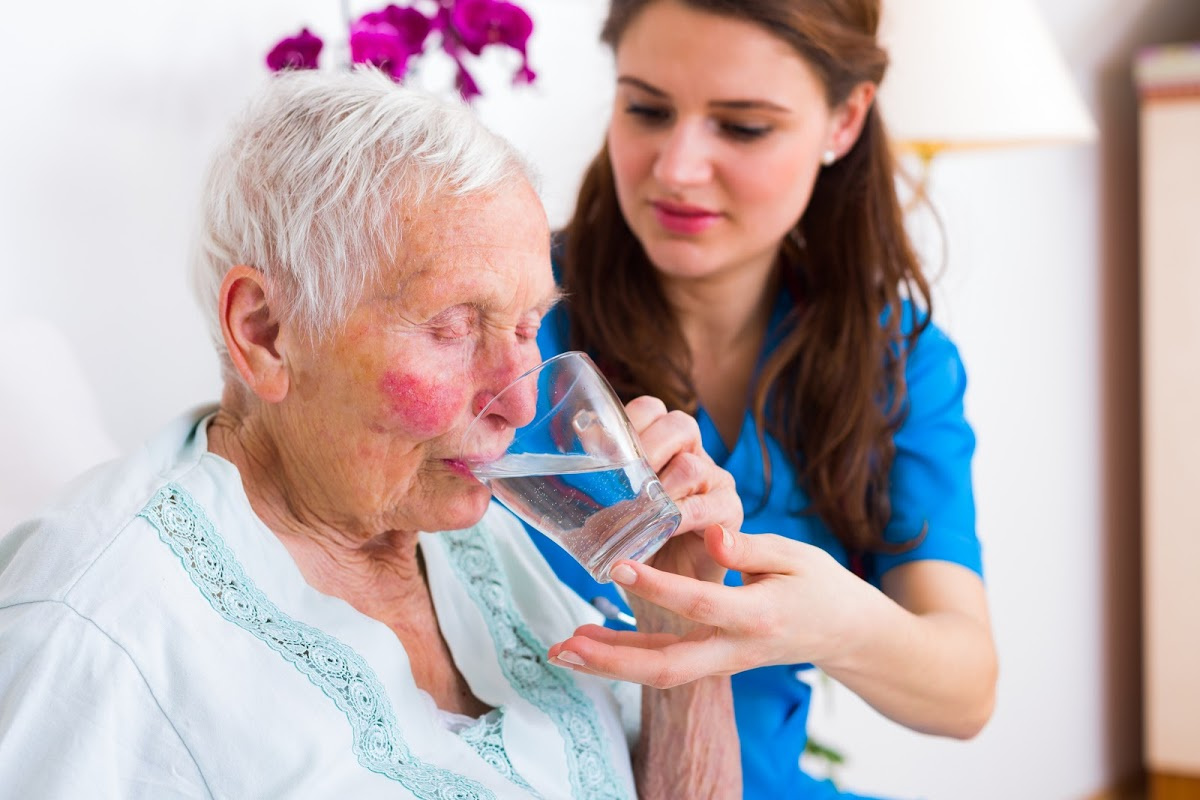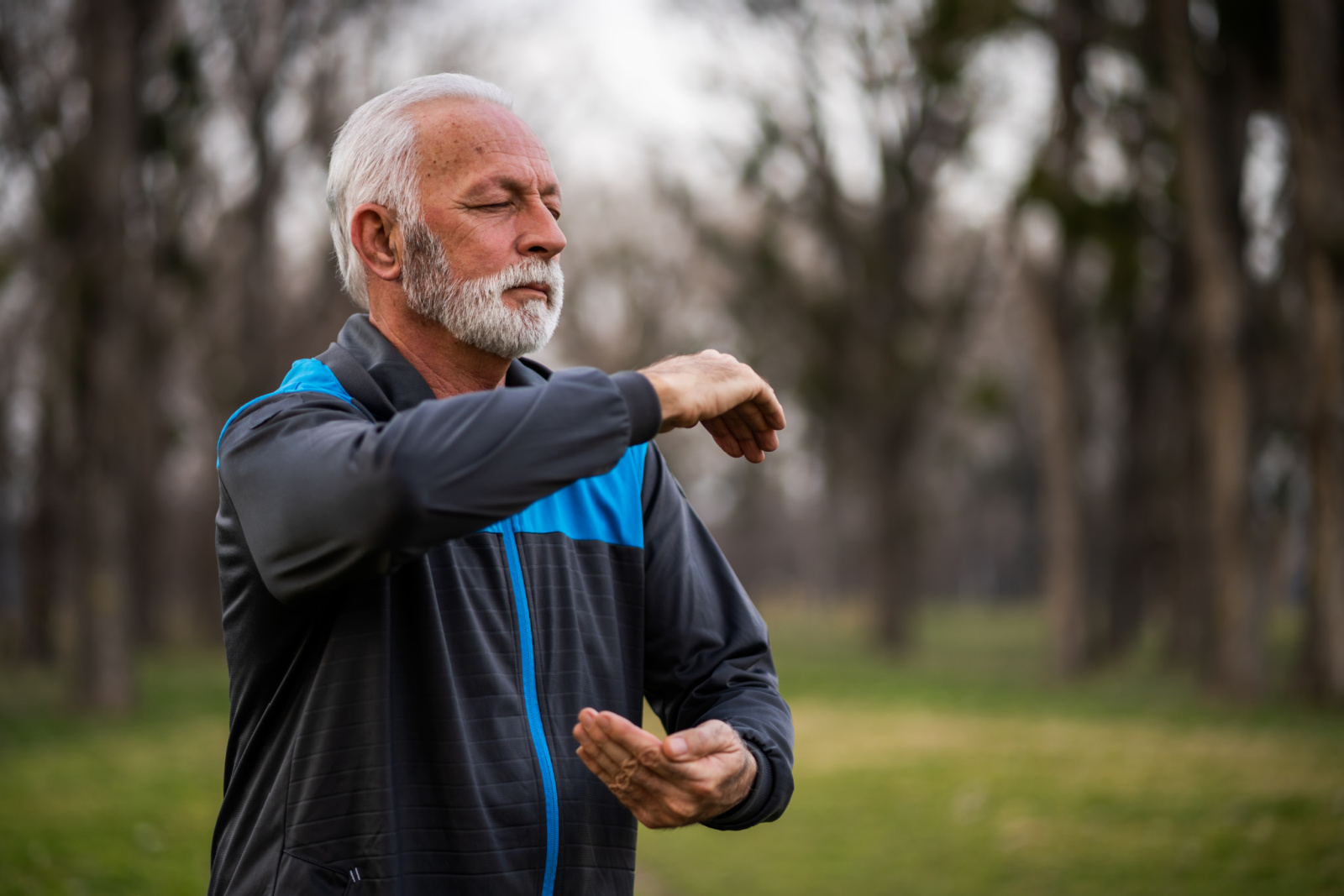Parkinson’s Disease affects over 6 million people worldwide.
Parkinson’s Disease is a slow and progressive neurological condition. Nerve cells in the brain produce dopamine. The nervous system uses dopamine to communicate between nerve cells. Dopamine affects our moods, movement, and memory, among other things. Parkinson’s Disease attacks the nerve cells that produce dopamine. Individuals diagnosed with PD may experience tremors, difficulty speaking, generalized slowness, and shuffling. Cognitive changes may occur as the disease progresses.
Currently, there is no cure for Parkinson’s Disease.
A diagnosis of PD will bring many changes and adjustments to everyday life. As a result, one can find themselves struggling with tasks once done with ease. Things such as getting dressed, eating, and even communicating can become difficult or impossible. The ability to regulate and process emotions can become challenging. Their family members will feel the impact as well. Family members may need to make considerable lifestyle adjustments to address the care needs of their loved one. They can quickly become overwhelmed with the loss of routine and normalcy of their relationship with their loved one.
A Place At Home has designed a Parkinson’s CARE Program to help those diagnosed with PD navigate the Disease on their terms.
A Place At Home has developed a Parkinson’s CARE Program to address those diagnosed with PD’s specific care needs. This program includes:
- A personal care plan complete with Parkinson’s-specific assessments to address your individual care needs.
- Active and ongoing communication with all other members of your health care team.
- A Parkinson’s CARE certified care team who is specifically trained in the needs of those living with PD.
- Change in Condition tracking addresses any changes in condition as they happen to prevent further risk or injury.
Living with Parkinson’s Disease can be overwhelming. Having a team of professionals in your home supporting you can help you make huge strides in your quality of life. Reach out to us today to learn more about our Parkinson’s CARE Program or to schedule a cost-free consultation.



